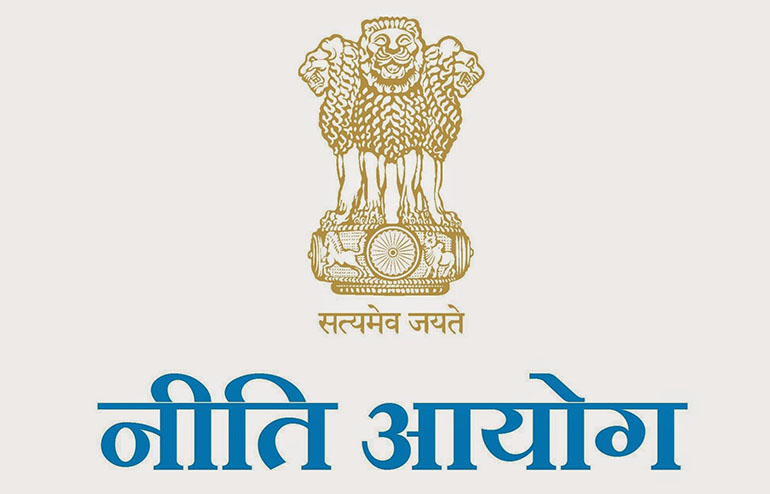The NITI Aayog (National Institution for Transforming India ) stated in the Composite Water Management Index (CWMI) report 2018 that about two lakh people die every year due to inadequate access to safe water. In the same report of NITI Aayog it is estimated that about 600 million people may face water stress thus constituting about 40% of India’s projected population by 2030.
Since August, 2019, the Government of India in partnership with States, is implementing Jal Jeevan Mission (JJM) to make provision of potable tap water supply in adequate quantity, of prescribed quality and on regular & long-term basis to every rural household by 2024 including those in water quality-affected area.
Under Jal Jeevan Mission, while taking up schemes to make provision of potable tap water supply to rural households, priority is given to quality-affected habitations. Children being more susceptible to water-borne diseases and contamination in drinking water, on 2nd October, 2020, a special campaign was launched to make provision of potable tap water supply in schools, anganwadi centres, ashramshalas, etc. on a priority basis. As a result, provision of tap water supply has become available in 8.52 lakhs (83%) schools and 8.76 lakhs (78.4%) anganwadi centres of the country.
As reported by the Central Pollution Control Board, Ministry of Environment, Forest and Climate Change, Water bodies are dwindling due to encroachments over the years due to increase in population, urbanization and encroachment. Also, water bodies are polluted mainly due to discharge of untreated or partially treated sewage from cities/towns and industrial effluents in their respective catchments, problems in operation and maintenance of existing infrastructure for sewage/effluent treatment plants, inadequate infrastructure for management of generated sewage and waste, lack of dilution (no e-flows in case of rivers), agricultural run-off and other non-point sources are the root cause of water pollution.
Water being a State subject, it is the responsibility of States/Union Territories (UTs) for taking adequate measures for control of water pollution.
Central Pollution Control Board (CPCB), at present, monitors the water quality of surface water and groundwater at 4294 locations (including rivers at 2026 monitoring locations, and lakes, tanks & ponds at 657 locations, under National Water Quality Monitoring Programme (NWMP) in association with the State Pollution Control Boards (SPCBs)/ Pollution Control Committees (PCCs). Furthermore, the Central Pollution Control Board (CPCB) identified 351 polluted rivers for rejuvenation.
Also, all the States and UTs are required to submit status on framework including action plans for restoration of polluted stagnant water bodies in the respective State/UT and action plan for restoration of identified/ prioritized stagnant water bodies to Ministry of Jal Shakti (MoJS) and CPCB.
This Information was given by the Minister of State for Jal Shakti, Shri Prahlad Singh Patel in a written reply in Lok Sabha today.

